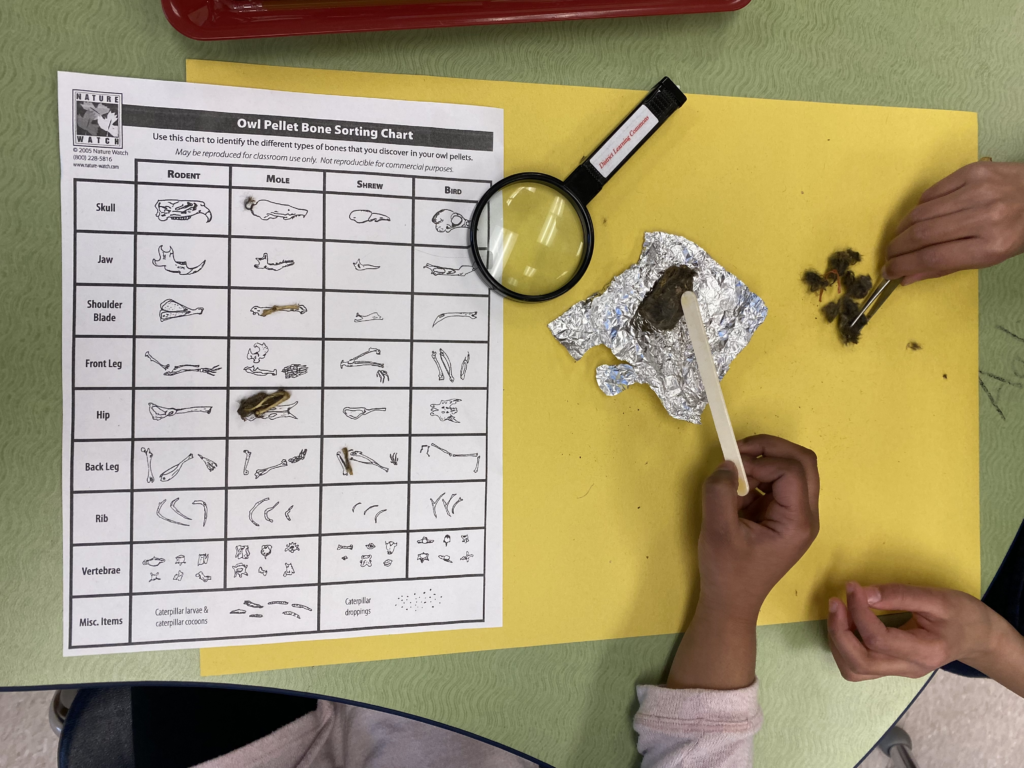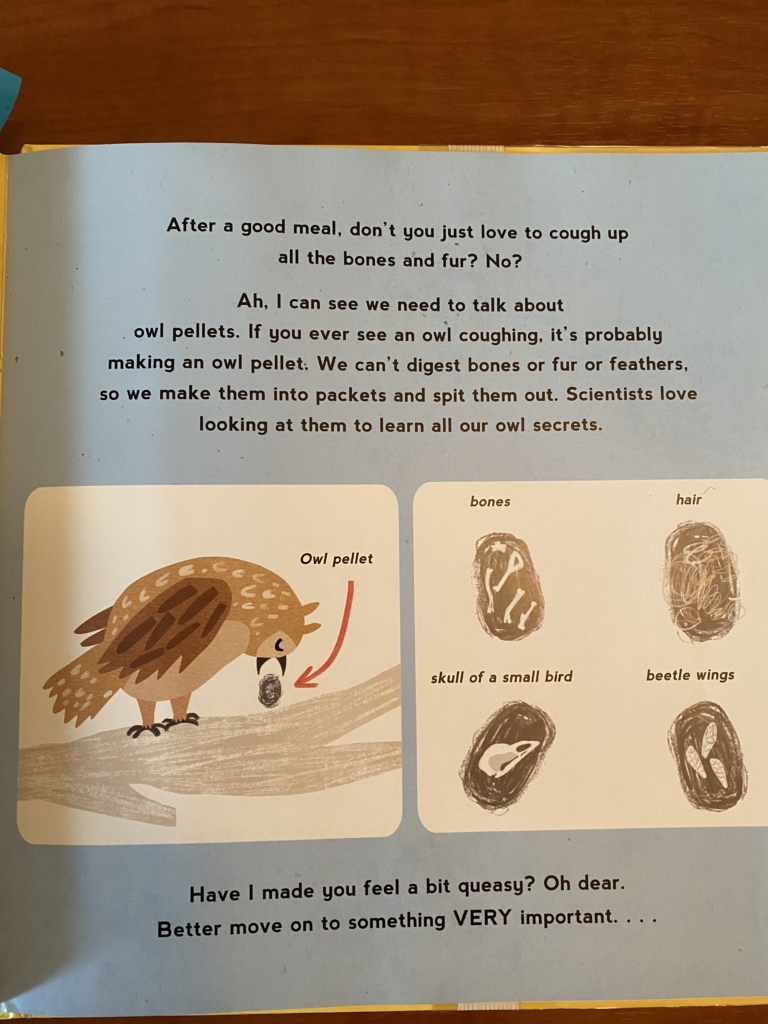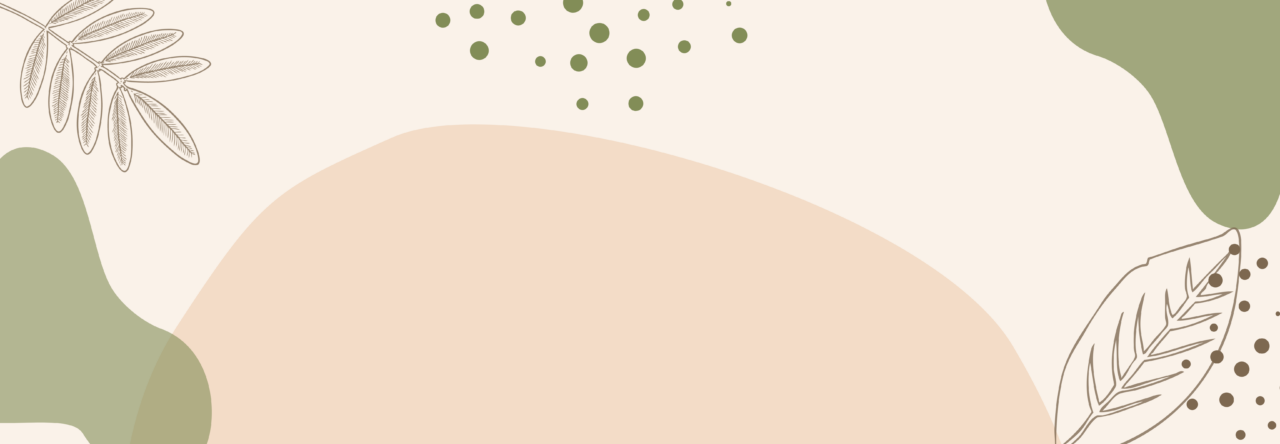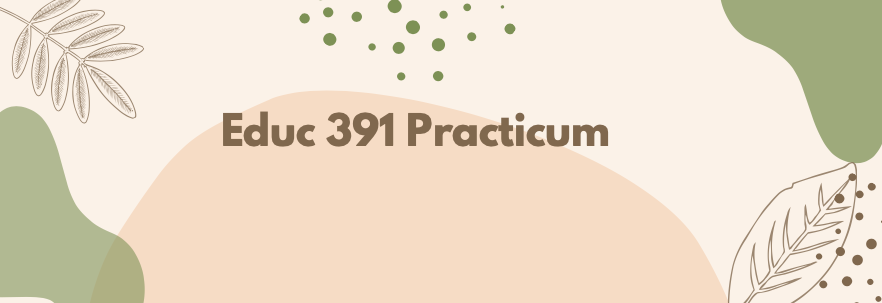
Science
An experiential activity that I tried out during my first teaching practicum was a success with students and they enjoyed engaging in the activity! The lesson was prepared for Grade 1 Science with the intention for students to discover the moon phases and patterns in relation with the Sun and the Earth, connecting with their own local environment and to traditional First Peoples cultural concepts of lunar phases.
Critical and Reflective Thinking
This particular lesson provided students with the opportunity to engage in critical and reflective thinking sub-core competency, while making judgments based on reasoning about moon patterns, analyze these patterns using specific criteria, and draw conclusions on the moon phases.

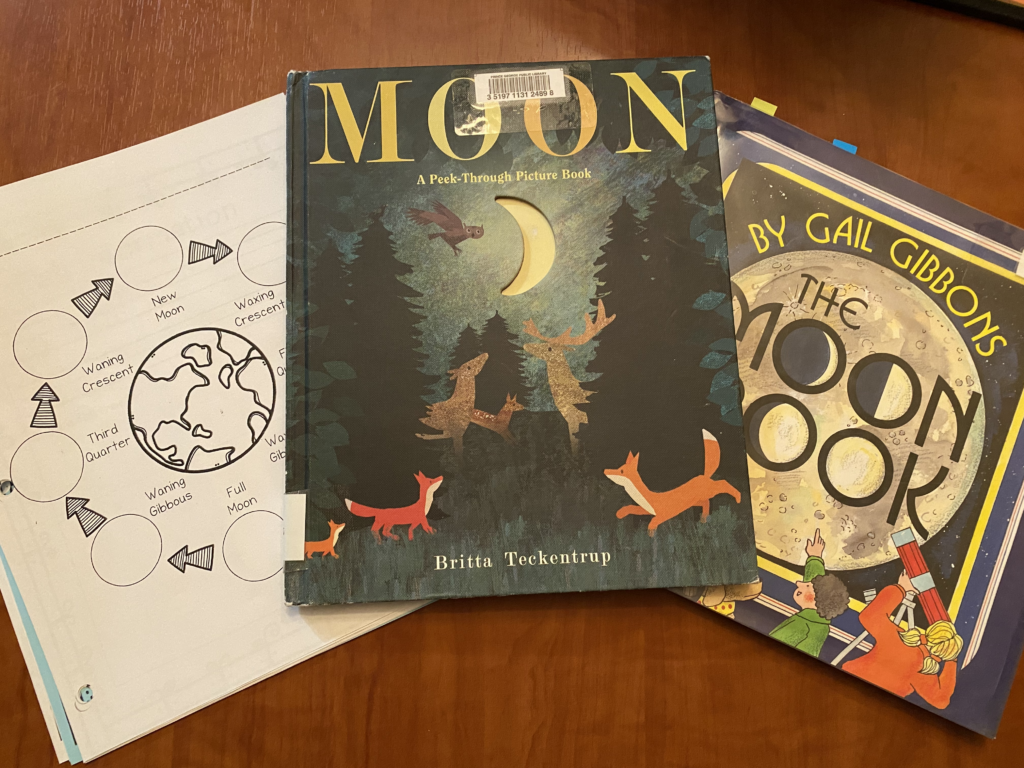
Moon Box!
To create a hands-on activity where students could visually experience a demonstration of how the moon phases take place, I made a Moon Box using a dark shoe box, a foam ball, and a flashlight. The flashlight symbolized the sun and the foam ball symbolized the moon. The 8 cut out windows of the box symbolized the view from Earth. Students enjoyed seeing the different phases of the moon through this method!
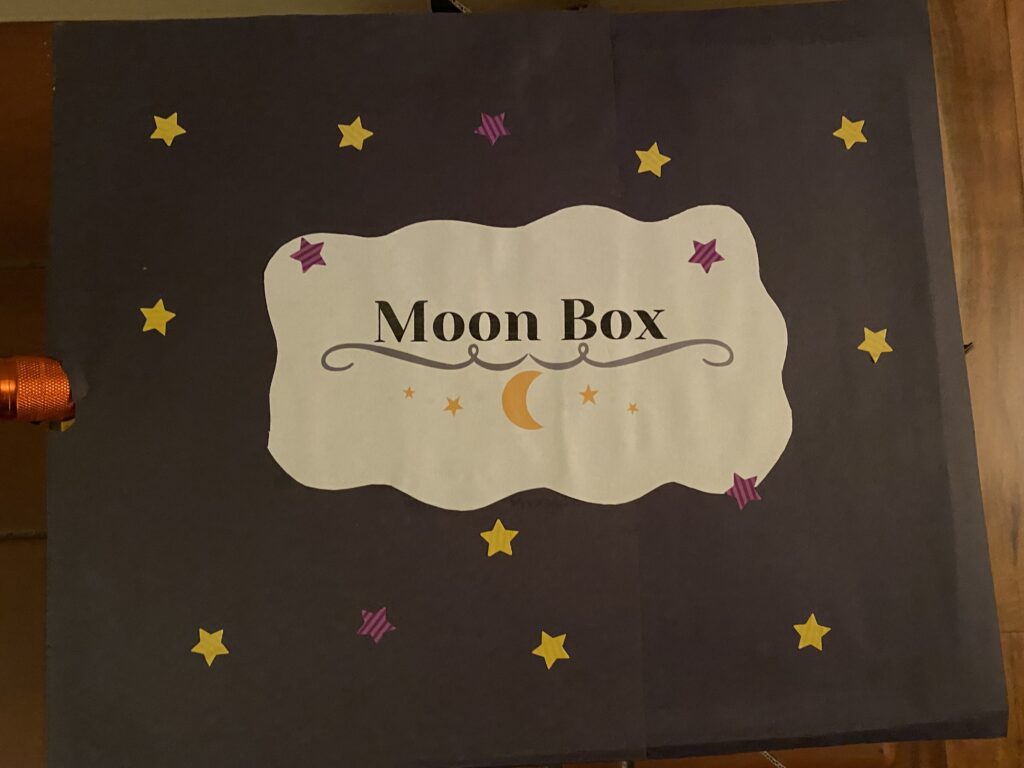

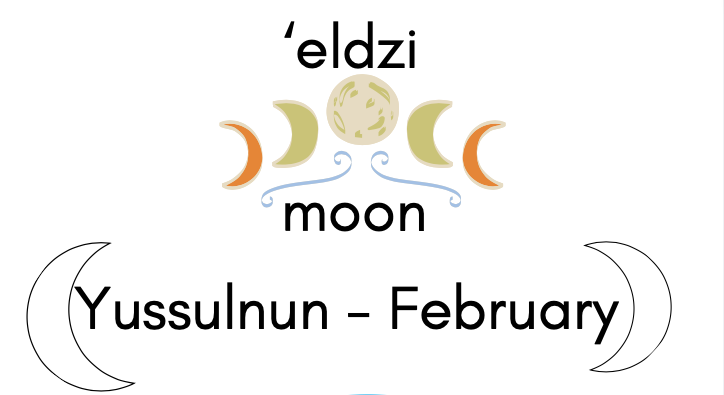
Math
A hands-on Grade 1 math lesson that I had the opportunity of teaching in my first teaching practicum was focused on introducing the number line for addition strategies. This lesson provided students with the opportunity to explore positive mental number sense and arithmetic strategies. Students had the opportunity to think beyond the addition equation and actively construct number sense and understandings of number relationships through a fun and playful activity using a giant, student-sized number line!
Critical and Reflective Thinking
This particular math lesson provided students with the opportunity to think critically and use reflections to explore mental number sense and arithmetic strategies. Students also engaged in communication and collaboration in the class discussion and experiential activity.

Hopping along the number line!
To create a hands-on activity for students to visually experience the number line, I used green painter’s tape to create a student sized number line up to 20. Students had fun taking turns rolling the giant dice to create our addition sentence and they loved hopping along the student sized number line to solve the equation!
Language Arts
A lesson that I introduced for Grade 1 English Language Arts was inspired by the story “Idea Jar” written by Adam Lehrhaupt. The purpose of this lesson was for students to increase their writing fluency and comprehension to increase students writing and reading skills, as they were introduced to the Work On Writing component of their Daily 5 practice.
Communicating
This lesson will provide students with the opportunity to communicate their writing processes and strategies. Students had the opportunity to communicate with intention and purpose. Students also had the opportunity draw from a range of forms and techniques to communicate their creative writing processes and strategies.
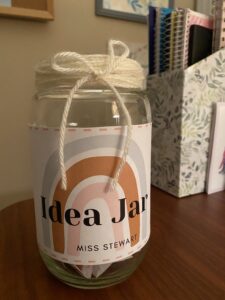
Idea Jar
During this lesson, the Idea Jar was used to support students creativity in generating topics to practice their writing strategies and processes. Students enjoyed taking turns randomly selecting a slip from the Idea Jar to create a subject and a predicate for a creating a simple sentence. We practiced the “I Do, We Do, You Do” method where students had the chance to practice as a group and independently. Here is a students writing sample after using the Idea Jar to create their topics!

Art
A Grade 1 Art lesson that I had the opportunity of teaching during practicum was inspired by the signs of spring. The purpose of this lesson was for students to gain an understanding of the patterns in nature and the local landscape, including the relationship of local weather to the four seasons. Students enjoyed creating spring art expressed through textured art forms!
Blossom Trees
To introduce the lesson, we read the story “The Seedling” by Britta Teckentrup and followed with a sharing circle about what students knew of the different signs of spring. I had prepared a bare tree to symbolize winter. Students enjoyed coming up with their own example of spring and writing these on a leaf to add to the tree. After the whole class collaborated, the tree was complete and we reflected how it had blossomed into spring! Following this, students created they’re own blossom tree using tissue paper 🙂


Experiential Learning
“For the things we have to learn before we can do them, we learn by doing them.”
Aristotle
During practicum, I had the opportunity of teaching experiential lessons and enjoyed this experience so much! One example of a hands-on lesson I taught was focused on owl pellet dissection in science. Students were learning about animal adaptations to their local environment and how this determined their food resources. To create a hands-on experiences, we dissected owl pellets so students could observe first-hand what food sources owls ate based on their local environment. Students had so much fun with this experiment! Here are some photos from the lesson, enjoy 🙂
